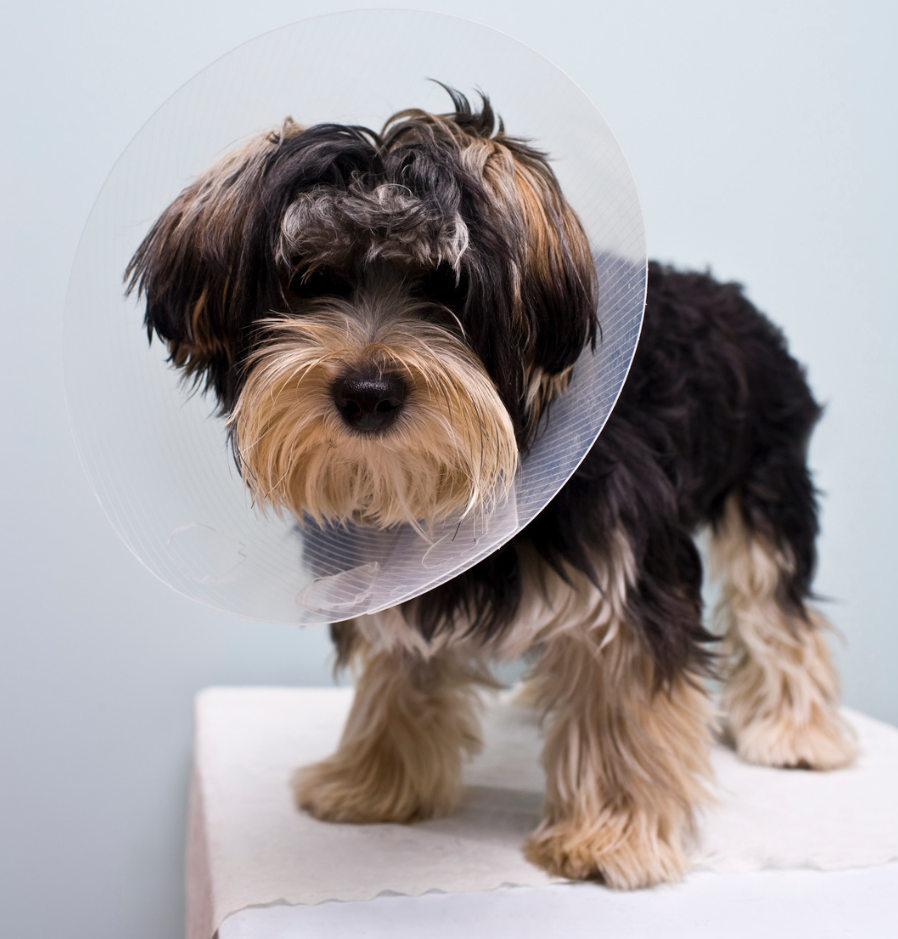During a spay, the veterinarian will make the incision right on the midline of the abdomen, just below the umbilicus (your dog’s “belly button,” which usually looks like a small white bump on their tummy). This is where you will notice the sutures (stitches), and where your dog will likely have a small scar after the incision is healed.
The incision is a small, straight line. The actual size will vary depending on the size of your pup, but is often 1 inch long for small dogs and a few inches long for large dogs. Sometimes the veterinary surgeon will make a longer incision if needed—this is typically not a cause for concern, but rather a way to allow the veterinary surgeon to see everything better in some pets.



 ️
️ 




 13161 Black Mountain Rd #1,
13161 Black Mountain Rd #1, Monday - Friday
Monday - Friday






